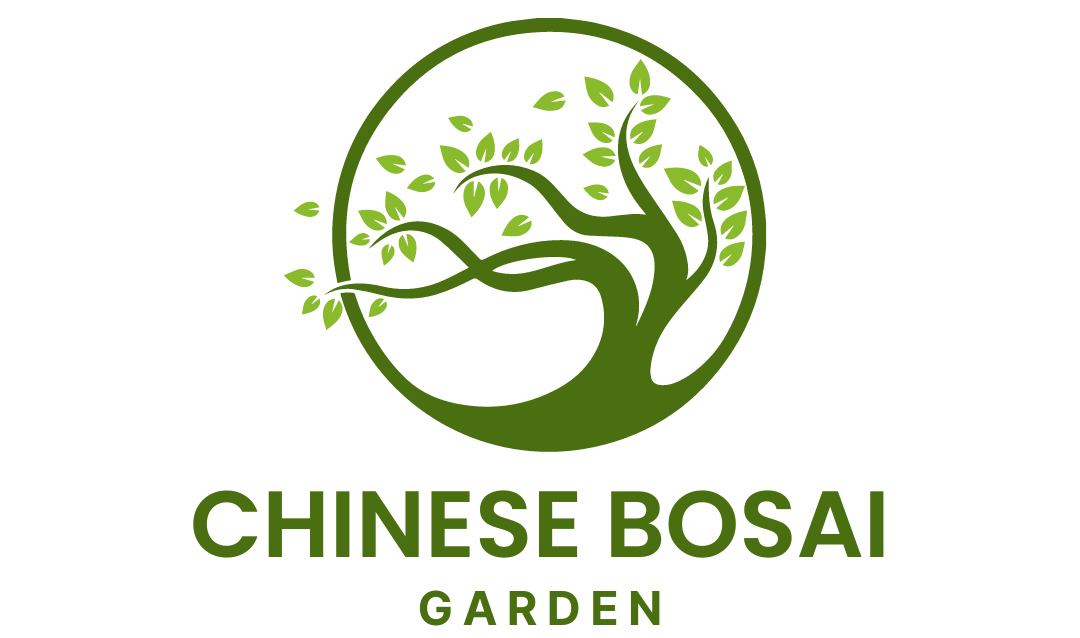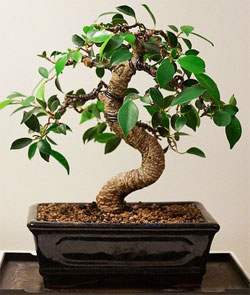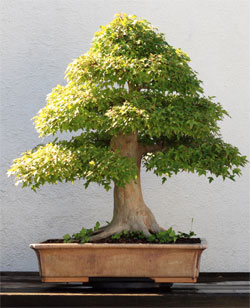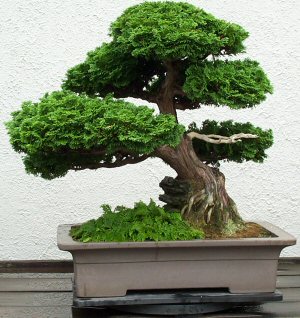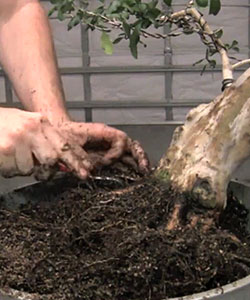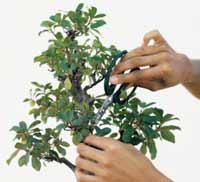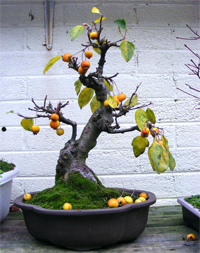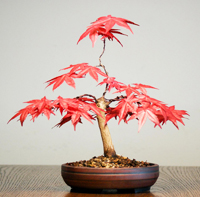How to Wire Bonsai Tree The Right Way
A wiring technique in bonsai is used to better control and manipulate the structure of the tree. We use wiring to fill in bare spots of the tree, create a movement, or simply change the direction of the branch. It …
